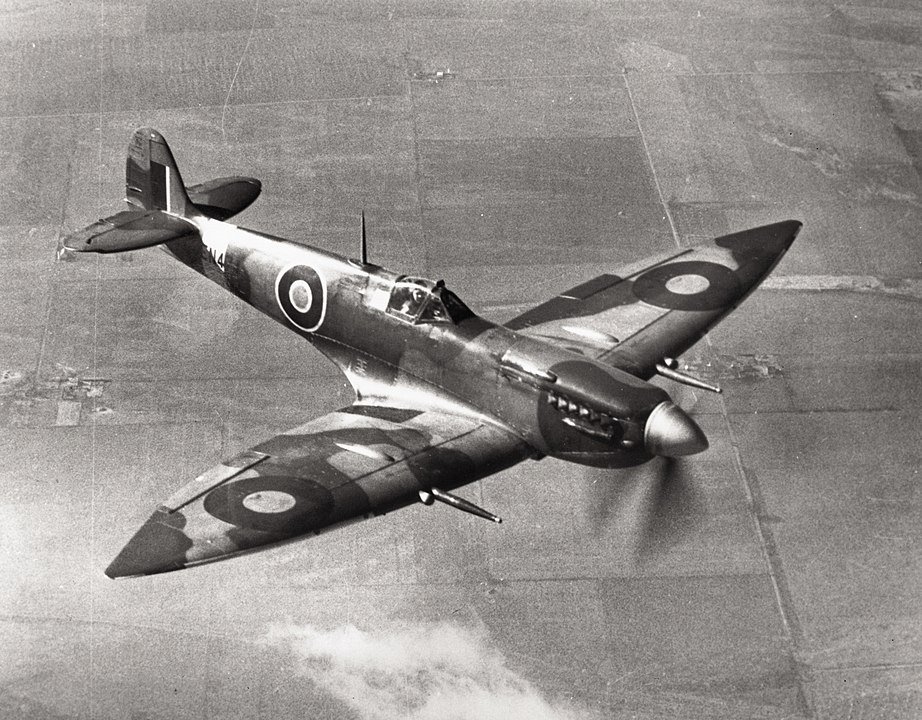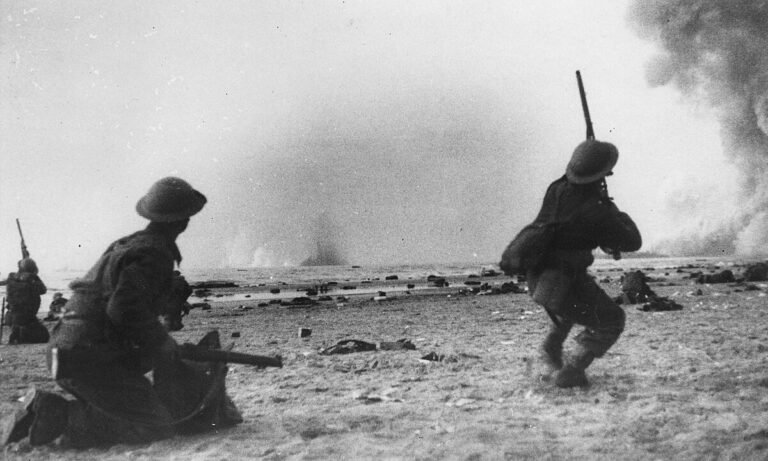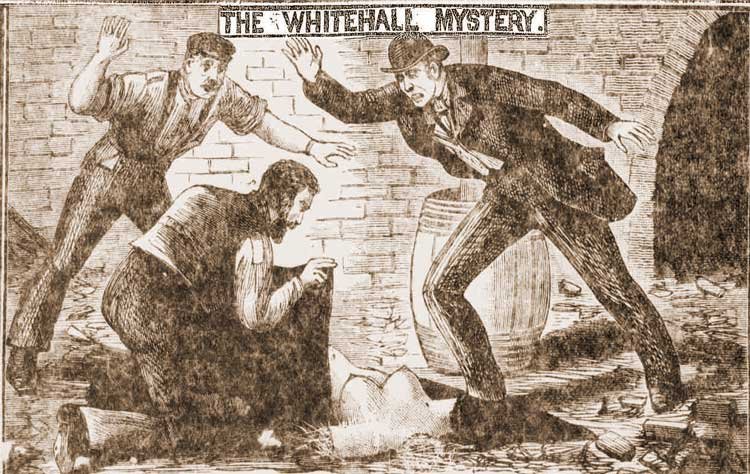Spitfire Aircraft: The Legend of Aviation
The Spitfire was known as one of the most iconic warplanes of the British Royal Air Force (RAF) during World War II. With its legendary design, superior performance and critical role in warfare, it has become one of the most famous aircraft in aviation history. Here’s a detailed review of the Spitfire’s history, technical specifications, and combat performance.
Design and Development
The Spitfire was designed by the British engineer R.J. Mitchell. In the early 1930s, Mitchell laid the foundations for the Spitfire, predicting the importance of speed and manoeuvrability in future air battles. The first prototype was produced by Vickers-Armstrongs in 1936 and successfully tested. The Spitfire was distinguished from other aircraft of the era by its elliptical wing structure and aerodynamic design in speed and manoeuvrability.

Technical Specifications
Many different models of the Spitfire have been produced, but the basic technical specifications are:
- Length: 9.12 meters – Height: 3.86 metres – Maximum Speed: 594 km/h (367 mi/h) – Range: 756 km (470 mi) –Engine: Rolls-Royce Merlin V12 piston engine (in the early models) – Armoring: four in the first models.A 303 inch (7.7 mm) Browning machine gun; two 20 mm Hispano balls and four later models.303 inch machine gun.
Battle Performance
Spitfire’s combat performance became notable, especially during the Battle of Britain in 1940. During this period, he played a critical role in defending British airspace against Luftwaffe (German Air Force) attacks. The Spitfire was superior to German warplanes such as the Messerschmitt Bf 109. Its speed, manoeuvrability and firepower gave the British pilots a great advantage.
Battle of England
The Battle of England consolidated Spitfire’s legendary status. The air war, which lasted from July 1940 to October 1940, was a critical period in which the RAF showed great resistance to the Luftwaffe and prevented Nazi Germany from invading Britain. The Spitfire performed well, especially in high-speed and close air battles against enemy aircraft. It became a symbol of hope for the British people and their allies.

Different Models and Developments
Many different models and variations of the Spitfire have been produced. The first model, the Mk I, was used in the British War. During the advancing periods of the war, various improvements were made in terms of performance and armament. For example:
- Mk V: Equipped with a more powerful Merlin engine and advanced weapons systems.
- Mk IX: The German Focke-Wulf Fw 190 features a more powerful engine and better performance features, developed to compete with it.
- Mk XIV: equipped with a Rolls-Royce Griffon engine, which increased the speed and climbing capacity of the aircraft.
Postwar Period
After the end of World War II, the Spitfire continued to be used in many air forces. It was used in training aircraft, reconnaissance aircraft and even civil aviation. However, with the emergence of jet-powered aircraft, the circulation of piston-engine aircraft slowly began to shut down.
Heritage and cultural influence
The Spitfire has become a symbol of British resistance and engineering excellence, beyond merely being a warcraft. Even today, Spitfire aircraft are being exhibited in air shows and museums, attracting the interest of aviation enthusiasts. In addition, the Spitfire is being restored and made flight-friendly, and is of great interest to history enthusiasts.
Spitfire in Popular Culture
Spitfire has frequently appeared in movies, television and literature. It is often seen in World War II-themed films, especially in the British War and the air wars scenes. For example, in Christopher Nolan’s 2017 film “Dunkirk”, Spitfire aircraft played a major role. In addition, numerous documentaries and books have detailed the technical characteristics, history and combat performance of the Spitfire.

Result
The Spitfire was one of the most important and impressive warplanes of World War II. With its excellent design, excellent performance and critical role in warfare, it has taken an unforgettable place in aviation history. Spitfire continues to be regarded not only as a war machine, but also as an engineering miracle and a symbol of resistance. This legendary aircraft continues to be an inspiring icon for aviation enthusiasts and history lovers.




